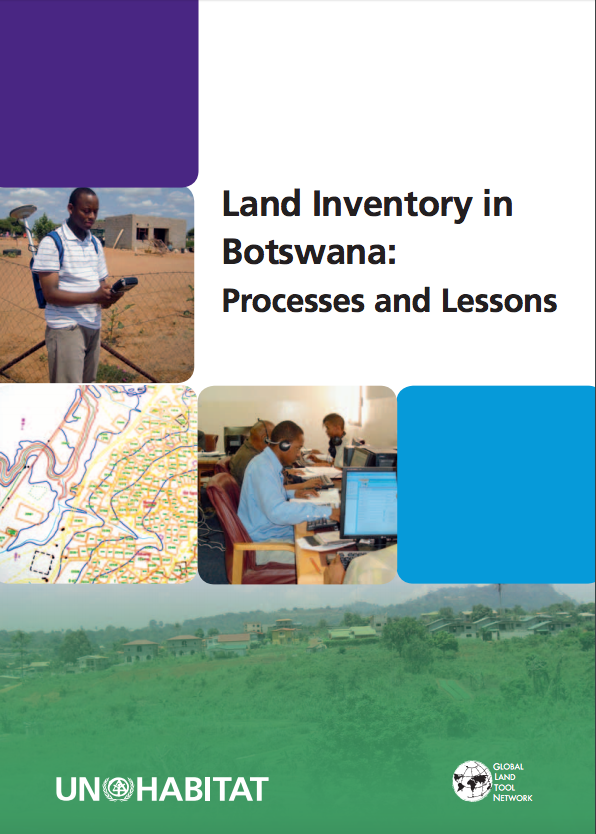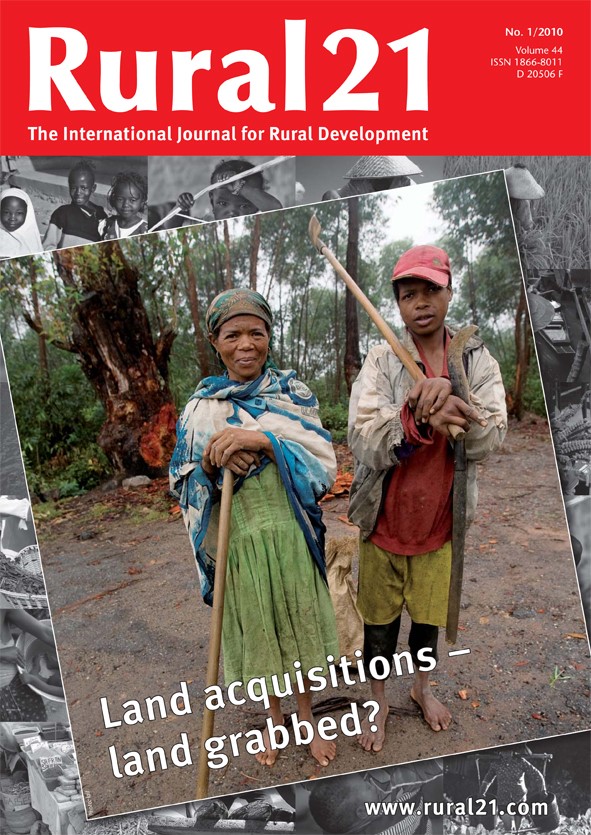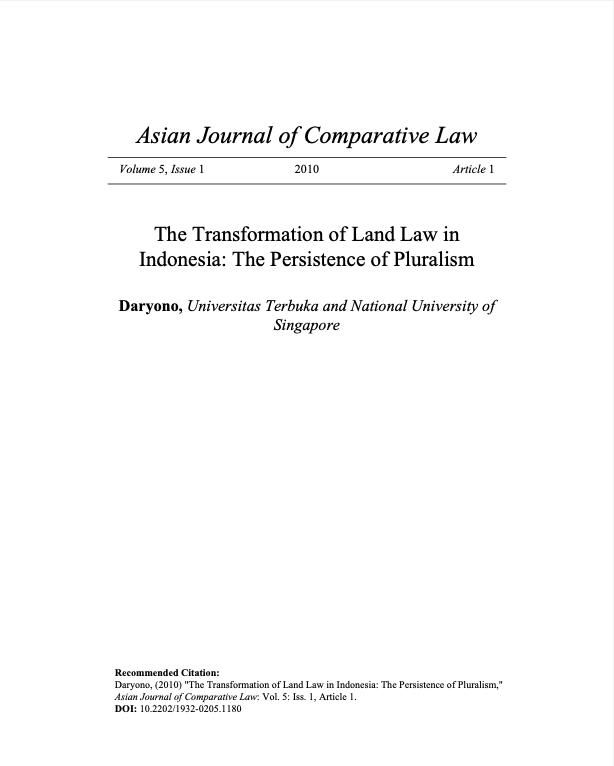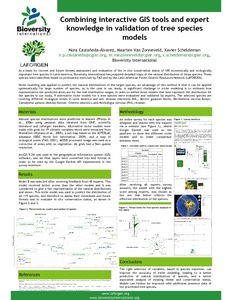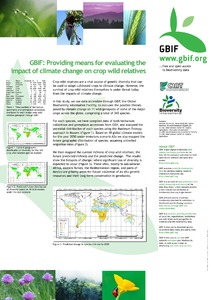Land Inventory in Botswana: Processes and Lessons
Tribal land management constitutes the largest of the three main tenure types that prevail in Botswana (tribal, State, and freehold). The land inventory is a means to support land administration, land development, land use planning, land transactions and natural resources management in Botswana. The land inventory is currently web based and GIS-enabled through the Tribal Land Information Management Systems and the State Land Information Management System. These systems now play a key role in land-related policy and management decisions.

